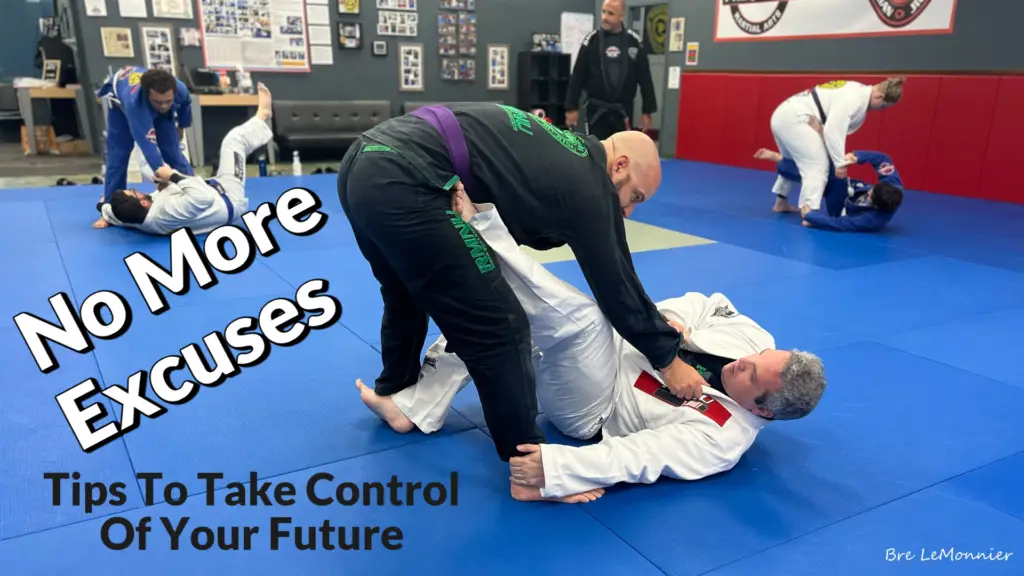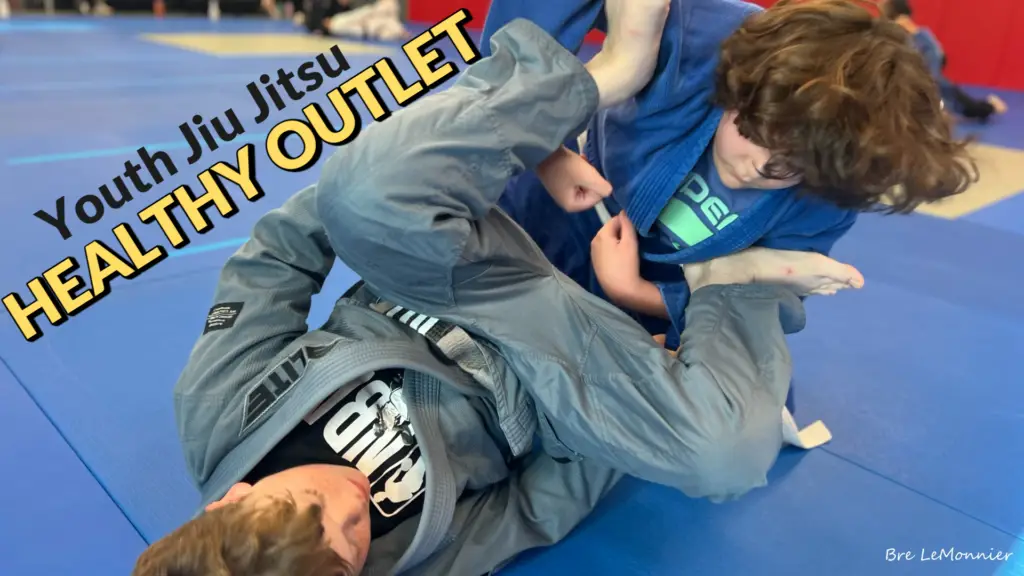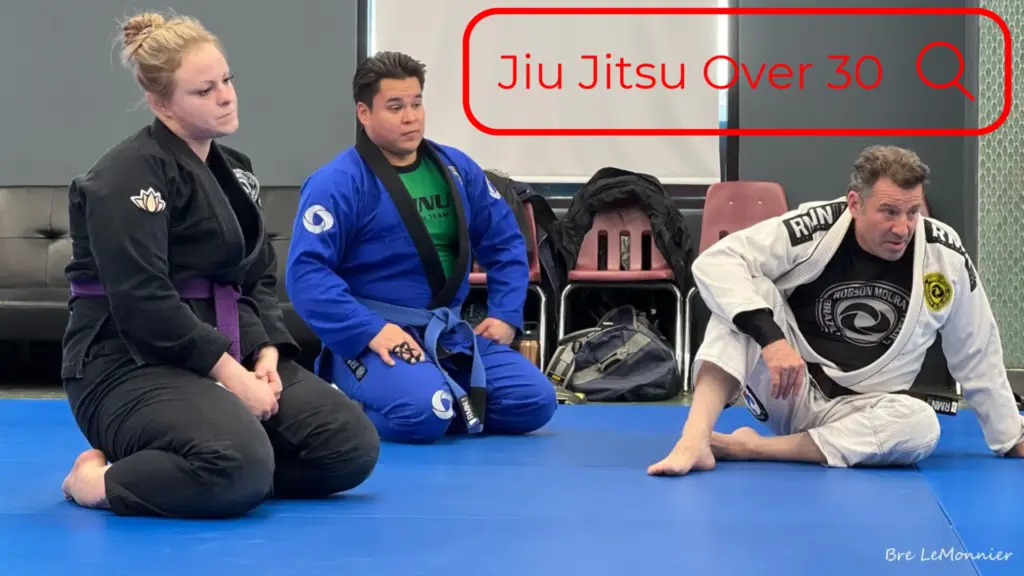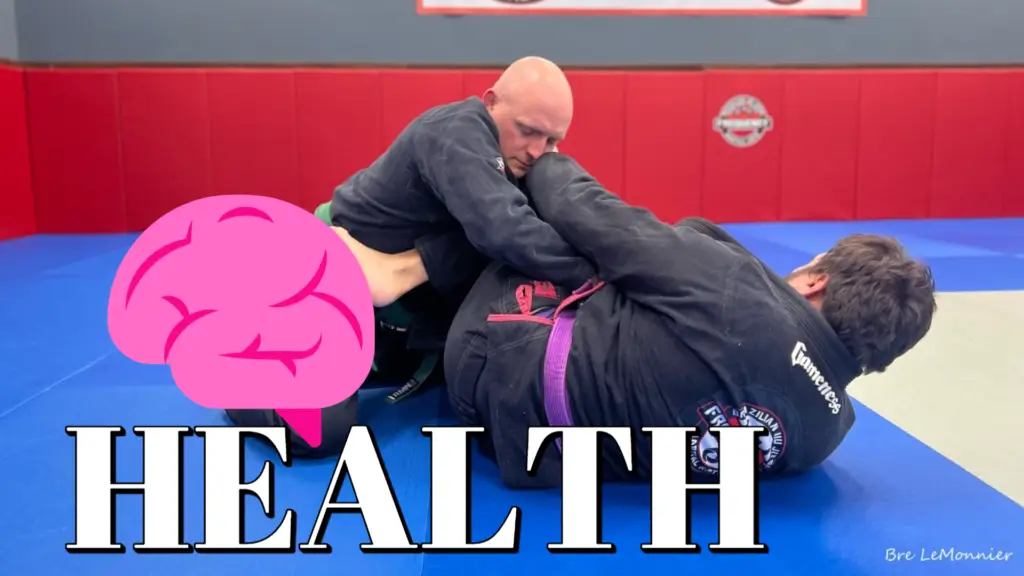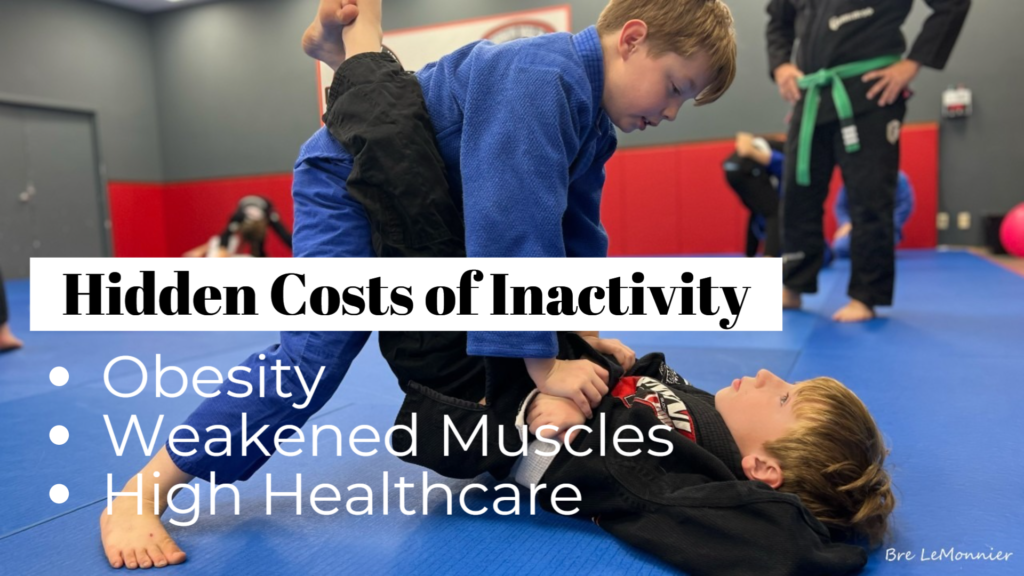
The Hidden Costs of Inactivity: Why Encouraging Kids to Move Today Matters Tomorrow
Physical activity is essential for children’s growth, development, and overall well-being. Yet, studies reveal that many children today are leading increasingly sedentary lifestyles. Between hours spent in front of screens and limited access to engaging physical activities, inactivity is becoming a silent epidemic with far-reaching consequences.
The Physical Consequences:
- Obesity: Children who are inactive are more likely to develop obesity, which increases the risk of heart disease, joint problems, and type 2 diabetes later in life.
- Weakened Muscles and Bones: Lack of physical activity can lead to poor muscle and bone development, setting the stage for fractures and osteoporosis.
- Chronic Conditions: Sedentary behavior increases the likelihood of chronic conditions, including cardiovascular diseases, which can be both physically and financially taxing.
The Mental Health Impact:
Physical inactivity doesn’t just affect the body—it impacts the mind. Research shows a strong correlation between inactivity and issues like anxiety, depression, and lower self-esteem in children. These mental health struggles can follow children into adulthood, affecting their academic, social, and professional success.
Financial Implications:
Children who grow up inactive may face skyrocketing healthcare costs later in life. Chronic conditions like obesity and diabetes require ongoing medical treatment, and surgeries or medications can add significant financial strain. By fostering active lifestyles now, we can help reduce these burdens in the future.
Why Early Intervention Matters:
Encouraging physical activity during childhood builds lifelong habits. Activities like jiu jitsu not only provide a full-body workout but also teach discipline, resilience, and teamwork. Programs like these offer structured, engaging environments where children can thrive physically and mentally.
Take Action:
As parents, educators, and community leaders, we have a responsibility to combat this epidemic. Start small: limit screen time, prioritize movement, and consider enrolling children in activities that excite them and keep them active. The benefits will extend far beyond childhood.
Reminder:
Investing in children’s physical activity today protects their health, well-being, and financial security tomorrow. It’s a small step with lifelong benefits—for them and for society.


